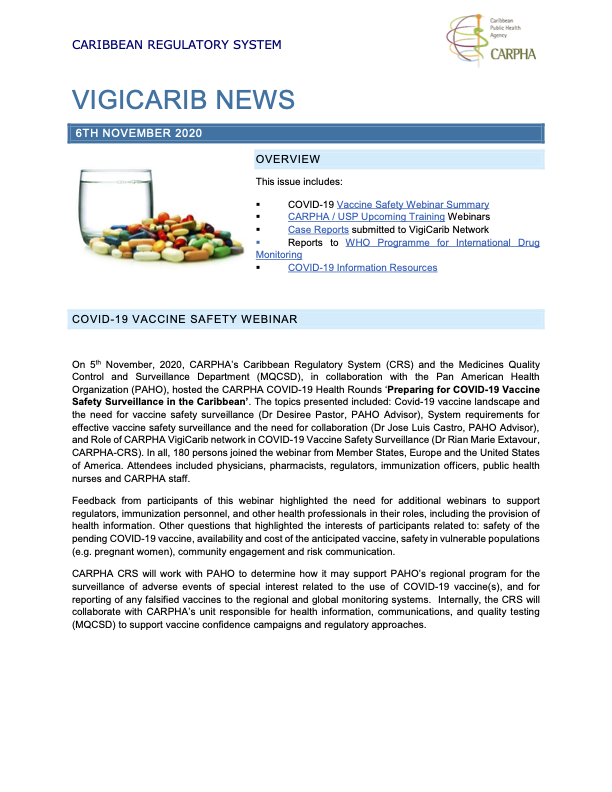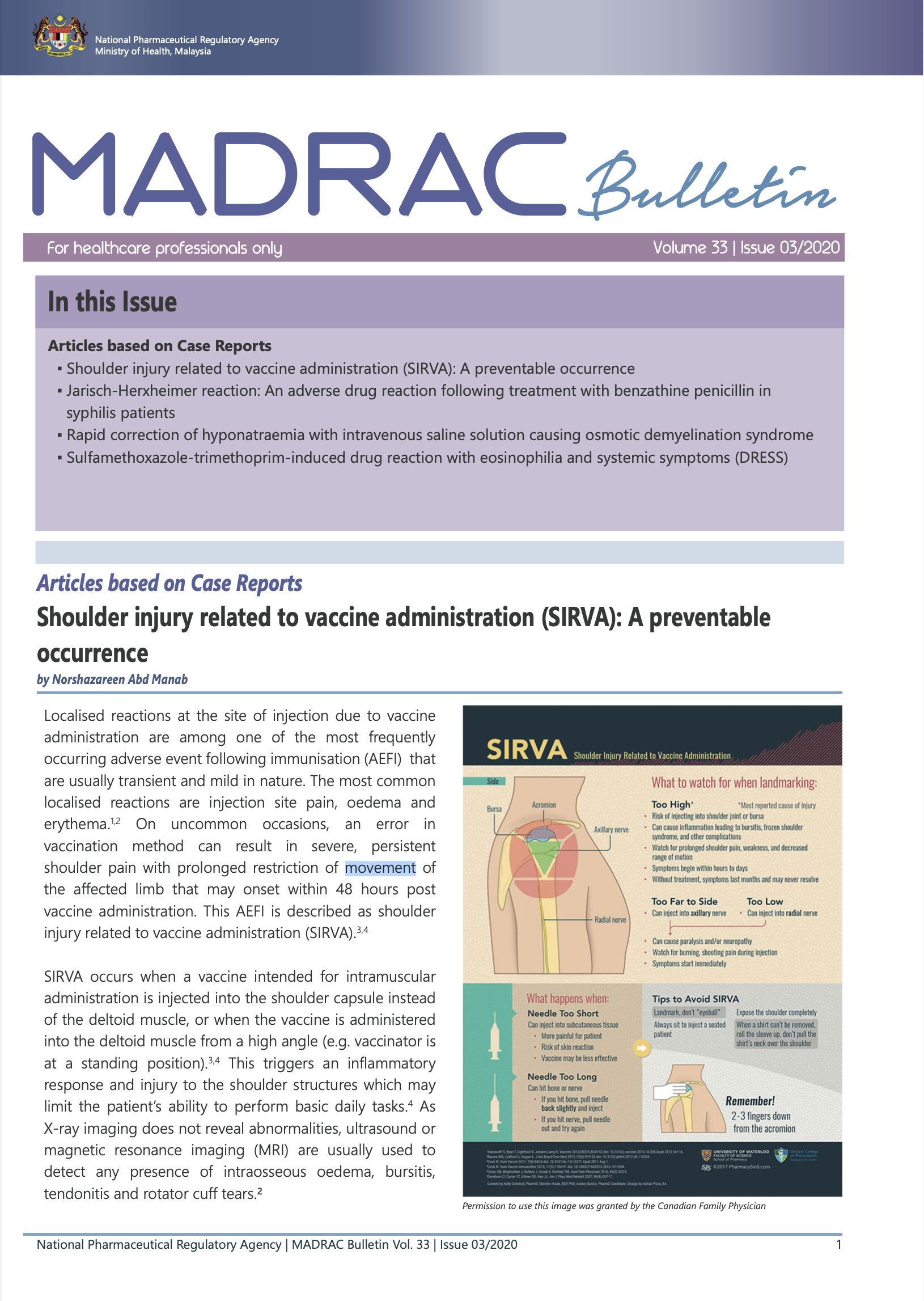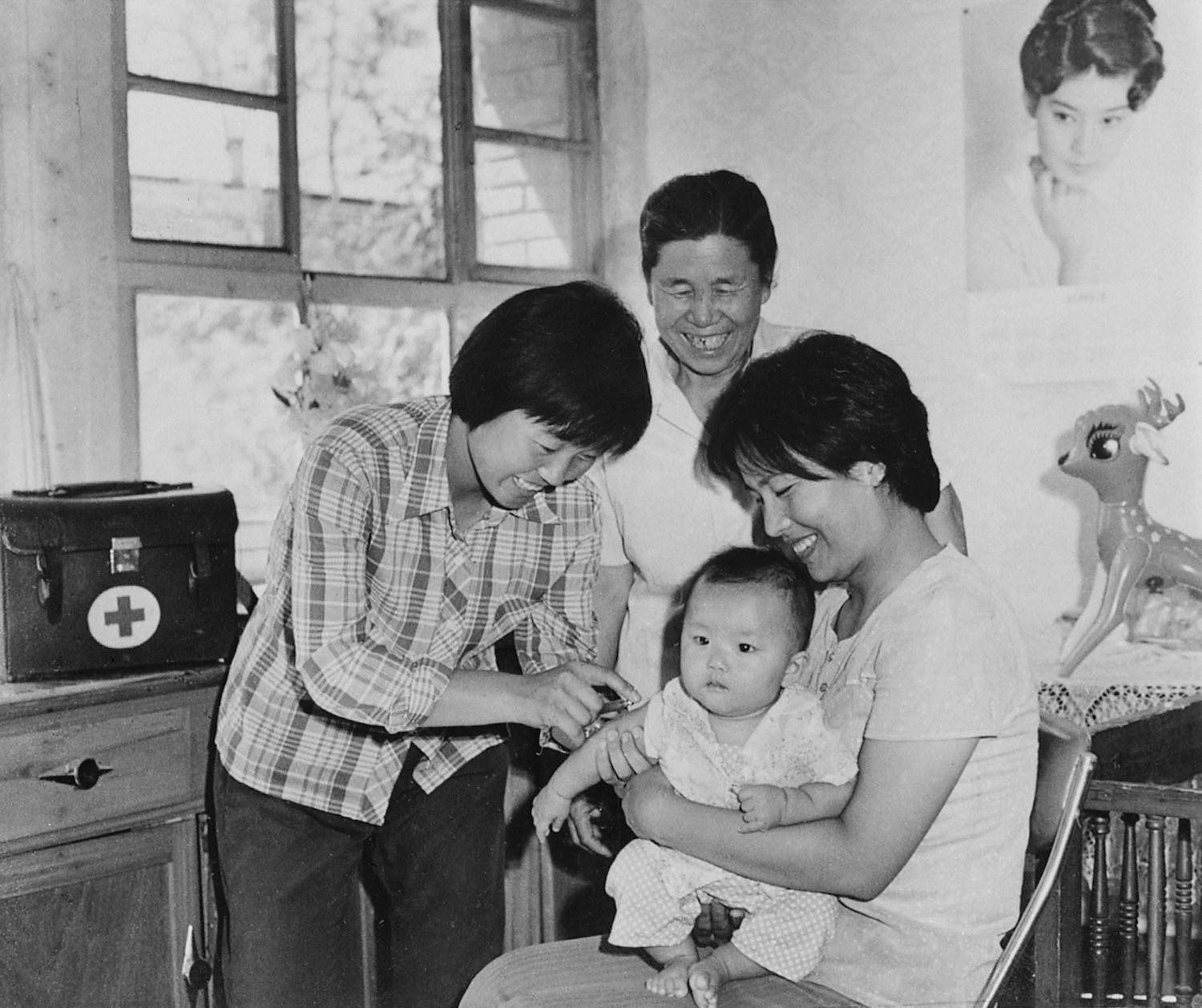
Despite – or perhaps because of – the non-stop information firehose of social media, the good old-fashioned newsletter is back in style. And for health communicators in a time of pandemic, one could argue that newsletters have never been more useful.
‘Expecting the worst’ is almost an unofficial slogan within the pharmacovigilance community. It may seem pessimistic, but it’s really at the foundation of what we do. It helps us create a playbook and get prepared, even before we know what we are preparing for. And in that spirit, we’ve seen many countries in the WHO Programme for International Drug Monitoring who were prepared with their communications, who had newsletters in place which they’ve now been able to turn to for speedy COVID-19-related communications.
For public health authorities, including national pharmacovigilance centres, who want to increase their level of public engagement, newsletters make an excellent complement to existing social media efforts. They are relatively quick and inexpensive to set up and can be produced without too many resources. And newsletters generally go to subscribers, so you’re communicating to a more defined group of interested contacts and can tailor your messages or highlight certain topics more precisely than on your social channels.
We’re pleased to highlight a couple of great newsletters from within the programme here, but we’d love to see more examples. If you’d like to join the discussion, get in touch on Twitter or LinkedIn to share the details of other useful pharmacovigilance newsletters you produce or consume.
VigiCarib News

VigiCarib News was piloted in late 2017, but really kicked off in April 2019. Rian Extavour, Technical Coordinator of CARPHA CRS, told us the newsletter now goes out once per month, primarily to the 45 entities involved in pharmacovigilance within the national medicines authorities of CARICOM, the community of Caribbean nations, including the Caribbean Public Health Agency (CARPHA).
The newsletter covers a range of content, including resources for pharmacovigilance training or guidance; line listings of case reports of suspected ADRs and quality issues identified in medical products in CARPHA member states; and resources for capacity-building, regulatory updates and technical guidance as it relates to COVID-19 vaccines and therapeutics.
“VigiCarib News provides our focal points with a regional view of case reports that are under investigation or pending action by neighbouring countries,” Extavour said. “It also gives them information they may use to learn about pharmacovigilance and implement stronger surveillance and reporting systems. We hope that they can use that information to also monitor the local market and advise health professionals to report key adverse reactions.”
MADRAC Bulletin

The Malaysian Adverse Drug Reactions Advisory Committee (MADRAC) is an advisory committee comprised of healthcare professionals, professional bodies, and academicians which provides information to the Drug Control Authority (DCA) Malaysia. The committee’s newsletter for healthcare professionals, MADRAC Bulletin, started in 2003 in hardcopy, but went digital in 2010.
MADRAC Bulletin comes out three times per year and is soon coming up to its 34th issue, said Norleen Mohamed Ali of the National Pharmaceutical Regulatory Agency (NPRA).
“MADRAC Bulletins are distributed via email blast to all accessible staff working under the Ministry of Health, Malaysia,” Ali said. It also goes to over 2,000 healthcare professionals such as doctors, pharmacists, nurses, pharmaceutical company representatives, academicians, and other regulatory agencies subscribed to the NPRA Safety Mailing List. And it’s available on the NPRA website.
In terms of content, the Bulletin contains articles based on local adverse drug reaction case reports, updates on the latest drug safety issues, MADRAC and NPRA’s pharmacovigilance activities, and other updates.
“This information enables all healthcare professionals from all divisions and sub-specialties to become vigilant in their day-to-day tasks – be it a nurse administrating a vaccine to a patient, a technician assessing lab results, a pharmacist screening a prescription, or a hospital operations manager reviewing hospital procedures and policies,” Ali said.
Since we’re talking about newsletters, if you’re not already subscribed to the Uppsala Reports newsletter, you can do it now at: uppsalareports.org/subscribe.




